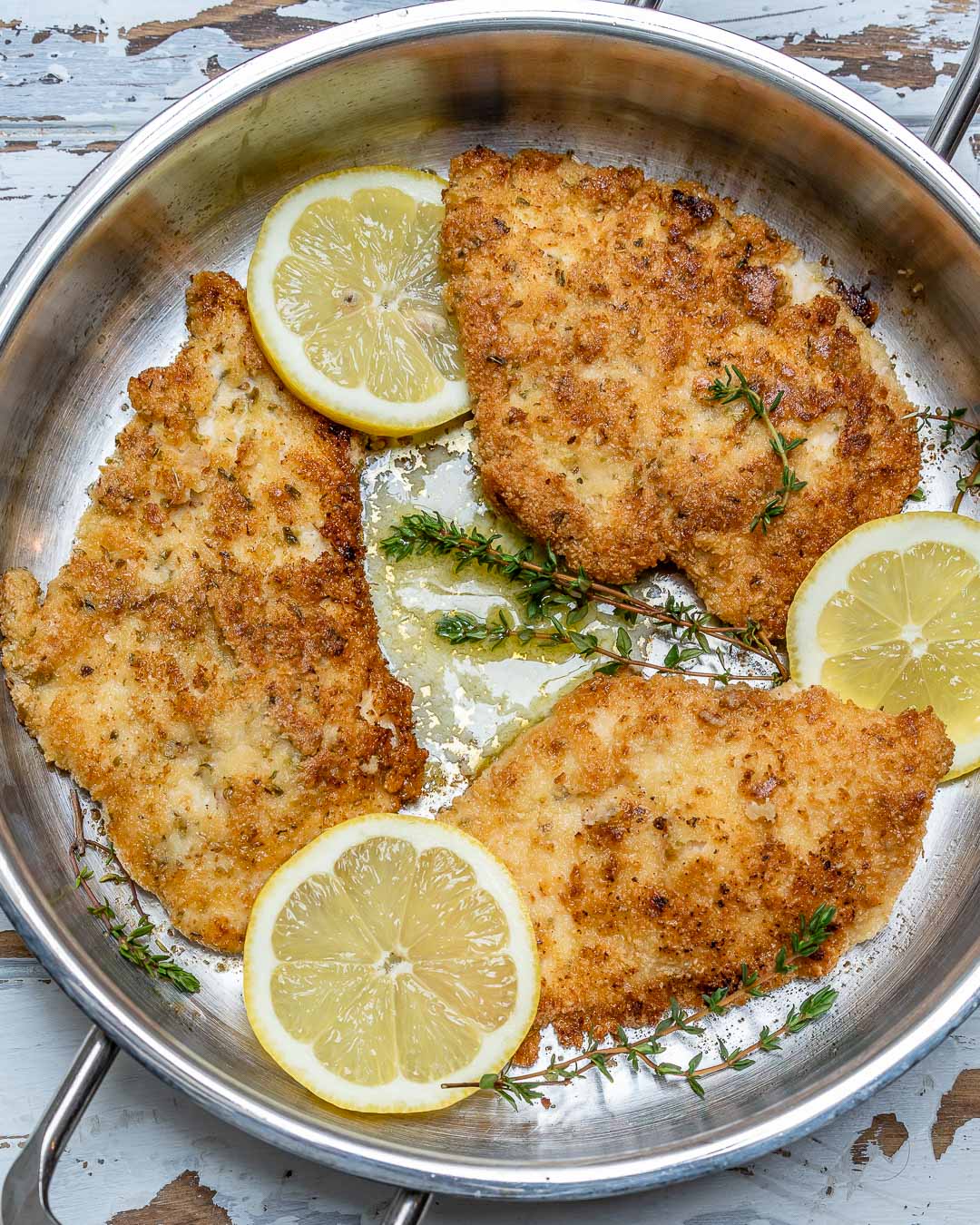

Any flour remaining after use must of course be discarded, as it’s had raw meat in it, so you want to try to use only as much as you need in order not to waste flour. The hard part in dredging is always gauging how much flour you will need. They occur as a result of a Maillard Reaction. The carmelized bits aren’t actually carmelized, and aren’t created through caramelization. When done coating the meat, shake off any excess flour, as it can burn. Or, you can simply put the flour onto a plate, and roll the meat around in it, pressing it into the flour. To coat the meat, you can toss it with the flour in a plastic bag, a paper bag or in a plastic container with a lid. Whatever the coating matter, it can be seasoned first, or not. The flour used is generally white wheat flour, but other items such as breadcrumbs or cornmeal can be used. This will help it to brown more quickly when it comes to that part, and stop great clumps of flour from sticking in various parts. To dredge meat, dry the meat slightly between pieces of paper towel before. In dredging, meat such as beef, chicken, turkey, veal, or pork is coated in a flour and then browned in a pan. Nothing does this short of dipping the meat in a gallon of varnish. It’s a myth that it seals the surface of the meat to keep the juices in. The purpose of dredging is to make a meat’s surface a more attractive brown colour, and to create flavourful carmelized flour bits in the pan that can be used in making a thick sauce through deglazing. Dredging is coating something, usually meat, with a flour before browning the item.


 0 kommentar(er)
0 kommentar(er)
